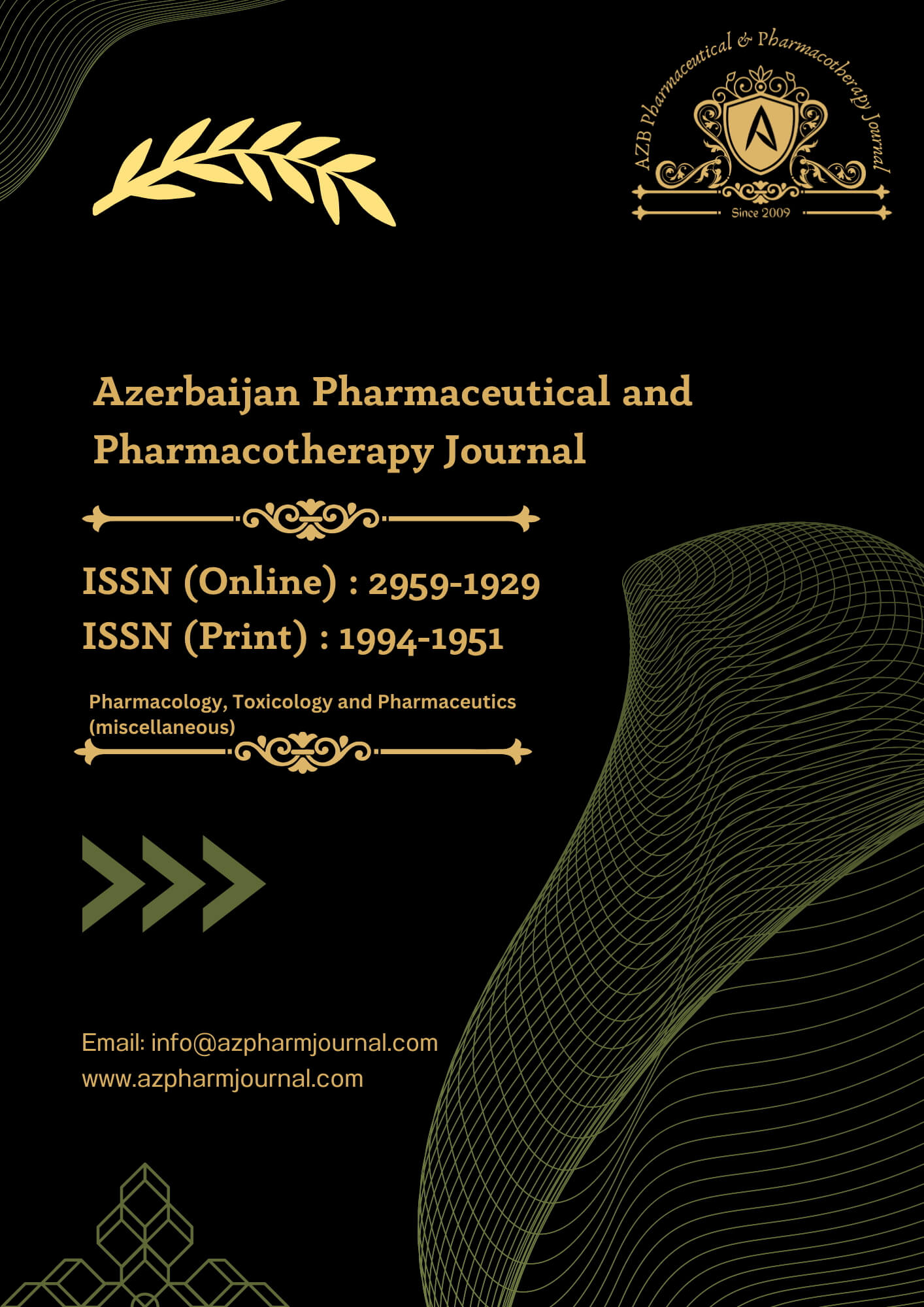Acute appendicitis is a serious health issue that demands urgent care and treatment. It is a primary cause of abdominal pain, often necessitating surgery, accounting for more than 20% of hospital visits for this type of discomfort. The condition is more prevalent among teenagers, with a slightly higher occurrence in males. Research indicates that younger patients are at a greater risk of complications, with up to 66% of those under five experiencing appendix perforation. Typical symptoms of acute appendicitis include sudden and intense abdominal pain starting around the belly button and migrating to the lower right side. Other accompanying symptoms may include nausea, vomiting, and loss of appetite. In some instances, patients may also present with fever, diarrhoea, constipation, and bloating. Seeking medical attention promptly is crucial. If left untreated, a perforated appendix can lead to serious complications such as peritonitis or abscess formation, which can be life-threatening [10].
Our study involved 70 patients, with 44 males (62.9%) and 26 females (37.1%). Our findings revealed that male patients were more susceptible with a male-to-female ratio of 2:1. This finding aligns with Khattak et al.'s study in Dera Ismail Khan, which reported a similar male-to-female ratio [11]. Additionally, Ahmed et al., Jamali et al., and Zia et al. 12-14 support our conclusion that male gender predominance exists. Ahmed et al. reported a 58.75% male gender predominance [12], consistent with our results. Jamali et al. found that 76% of the affected patients were male [13]. Zia et al. (2015) reported a 57% male gender predominance in their Karachi study [14], which aligns with our findings. These results provide valuable insights into the gender distribution of patients affected. Further research can build on these results to explore the reasons for the higher incidence of the condition in male patients, which can lead to more effective treatment and management. The mean age of our study cases was 30.24 ± 7.73 years, with the minimum age being 21 and the maximum age being 50. The mean age of the male patients was 29.66 ± 8.38 years, while that of the female patients was 31.23 ± 6.52 years. Our study results have reported that most cases, i.e., 57 (81.4%), were aged up to 35 years. In their study, Khattak et al. reported that most patients were from the second and third decades of life [11]. Research conducted by Ahmed et al. also stated a mean age of 24.25 ± 5 years [12]. Research conducted by Jamali et al. also reported a mean age of 22.46 ± 9.38 years [13], similar to our study results. Another research conducted by Zia et al. from Karachi also reported similar results [14].
Regarding demographic distribution, 22 (31.4%) belonged to rural areas, and 48 (68.6%) belonged to urban areas. Complications were noted only in 03 (4.3%) of our study cases, with 01 cases reported in Group A and 02 from Group B. The low incidence of complications is an encouraging outcome that validates the safety and effectiveness of using endo-clips. Nonetheless, further research is necessary to validate the results and to investigate the factors underlying the positive outcomes.
The study found that the mean surgery duration in group A was 28.89 ± 2.42 minutes, while in group B, it was 34.23 ± 1.68 minutes. The statistical significance of the difference in duration indicates that the surgical procedure used in group A was more efficient than in group B. Notably, our findings align with the research conducted by Nadeem et al., which showed that extracorporeal knotting had a mean duration of 48.3 ± 8.45 minutes, while metallic endo-clips took 42.1 ± 7.40 minutes [15]. This suggests metallic endo-clips could lead to a shorter surgery duration than extracorporeal knotting. These results support the use of metallic endo-clips as an efficient alternative to extracorporeal knotting, which is consistent with previous research.
Group A had a mean hospital stay duration of 31.54 ± 6.54 hours, while Group B had a mean duration of 31.37 ± 5.49 hours. Our study aimed to establish if there was a considerable difference between the two groups in terms of hospital stay duration. Our results revealed no substantial difference between the durations of hospital stay of Group A and Group B. Our findings differ from those of Nadeem et al., who documented a considerable difference between the two groups. According to their study, the mean hospital stay duration for metallic endo-clips was 21.6 ± 13.6 hours, while for extracorporeal knotting, it was 29.0 ± 29.5 hours [15].
